
Reinventing the Corporate Enterprise Space to Captivate Visitors & Employees
Corporate lobbies and office reception areas have the potential to become incredible spaces – delivering brand messages, capturing the attention of visitors, and engaging employees.
Many organizations are realizing this potential and are harnessing the creative mix of design, audio visual (AV) technology and content to transform areas into experiential, unforgettable environments that are often attractions in their own right.
While beautiful, carefully considered architecture and design of these spaces are key, today technology design and choice are also of huge importance. AV systems are used throughout corporate spaces – from receptions and lobbies to meeting rooms, control rooms and huddle areas. In this article, we discuss how to approach technology not as an afterthought when reinventing a lobby or reception area experience, but as a complementary feature that is seamlessly integrated into the architectural design.
Reinventing the Corporate Enterprise Space
From immersive reception areas to full brand centers, today’s architects and designers are being asked to create thoughtful project designs that incorporate and specify technologies to deliver the best, and most accessible, user experiences.
Well thought-out design, state-of-the-art AV technology, and engaging content can work together to heighten the brand experience, strengthen relationships and influence decisions to purchase.
At a functional level, multipurpose reception areas and lobbies can reduce reception staffing pressures and serve as new collaboration and presentation facilities. Beyond this, a reinvented corporate experience can be a powerful tool in meeting the digital experiential needs of today’s customer – bringing together VR, immersive video, collaboration tools and other digital technologies to set brands apart from the competition. These technologies are used to introduce content, engagement and interactivity into what might otherwise be a blank canvas.

The reception area for one of Electrosonic’s clients, a London-based bank, features two high resolution LED displays which show corporate and event-related information.
The Use of Technology in Corporate Experiential Environments
With so many technology options, the main challenge for designers planning exceptional AV solutions is to truly understand how the client intends to use the space, and the technology within it.
Lobbies are ideal places to build memorable brand journeys; providing space for projection mapping and even digital sculptures that interactively portray the brand. While technology should always be well-planned and aligned with the company’s overall strategy, universal design is a key component of AV technology design and specification for corporate environments. An environment should be designed to meet the needs of all people who wish to use it. This is not a special requirement, but a fundamental condition of good design. If an environment is accessible, usable, convenient and a pleasure to use, everyone benefits – it creates an environment that meets the needs of all.
For example, how will a visitor with auditory or visual impairment use the space? Universal design ensures that all aspects are considered so that those with disabilities receive the same experience as those without disabilities – whether it means the use of larger fonts in content, the provision of discreet audio devices, or mindfully positioned screens.
AV design should be introduced as early as possible – with so many trades often working on the project simultaneously, carefully considered technology choices and placement are critical as is communication with all those involved on the project. How and where should the air conditioning system be designed and installed without impact on the acoustics? How could lighting choices and placement affect visibility of screens? Will the architectural design truly work with the acoustical layout?
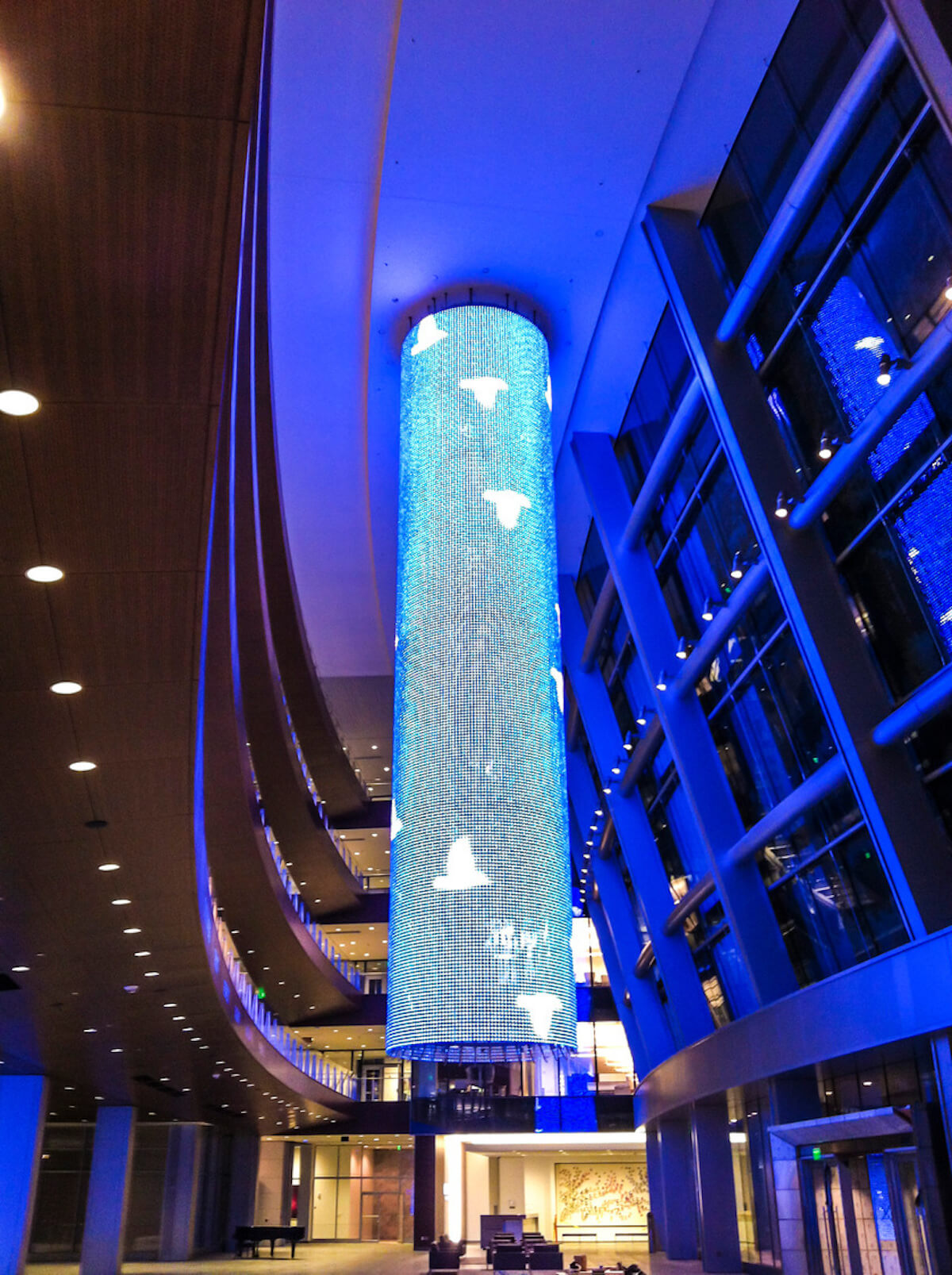
This centerpiece five-story LED Chandelier, 53-foot tall, and an 80-foot LED Curtain, helps communicate and absorb visitors into the company's values and strengths. This dramatic use of AV helps to make company messages memorable whilst reinforcing their leading position in power management.
Experience Customization for the Added ‘Wow’ Factor
Dynamic and self-generating content, digital signage, VR, RFID, interactive wayfinding and immersive technologies are all increasingly used to offer personalized and transformative experiences.
While traditional signage is still the most commonly utilized form of wayfinding, digital signage, interactive displays and kiosks are becoming increasingly popular. These forms of technology have the ability to provide interactive and even customized experiences for guests when coupled with RFID-enabled badges and readers. Not only does this form of wayfinding empower brands to address guests by name, it also creates opportunities for one-to-one engagement and feedback response.
The COX Communication Discovery Center, the Tom Bradley International Terminal at LAX and The Empire State Realty Trust’s 250 West 57th Street Lobby are excellent examples of how dynamic and self-generating content displays are used to engage guests.
LED and LCD display technologies are built into the architecture, complementing the design of the space. Motion sensors serve to change the content as visitors walk make them really feel part of the experience.

The renovated lobby at the helps to tell their company story with motion sensors which change the content as visitors walk by.

These Interactive Portals are a great example of how dynamic content can be a real crowd pleaser. The content is displayed on a series of ten 28-foot-tall columns at the exits to the gates and is linked to real-time flight data, with motion sensors that cause the images to bend and twist as people walk past.

The Empire State Realty Trust’s 250 West 57th Street Lobby has embraced self-generating content to greet visitors. The high resolution ceiling display draws from behind-the-scenes algorithms to screen a wealth of ever-changing information in real time. Online sources, such as weather, hashtags, and trending topics, allow the video artwork to adjust daily. As this input changes, the look of the video artwork reflects those changes. These changes and unconventional technology allows the Empire State Realty Trust to attract higher paying tenants.
Appropriate Technology Design for the Space
Professional technology design will ensure correct technology choices are made.
The very best multipurpose corporate environments are flexible, fluid and highly innovative spaces that have taken into consideration the varied needs and expectations of all those who will be using them. A design-led approach begins by understanding the goals, the content and the application. As with any experience, content is always key – technology should never take precedence over the brand story, but should be the tool behind it!
Acoustical design is hugely important and should address how sound can affect human behavior in different environments (and its impact on business performance), as well as considering how existing ‘acoustically challenged’ spaces can use sound design to transform accessibility and user comfort –especially the case when refurbishing lobby or reception area to include meeting and conferencing facilities.

This space features a flexible AV system that can be customized and used in creative ways to educate and entertain students and visitors.

Flexible AV technology to support five versatile training rooms, twelve meeting rooms and two briefing rooms, plus a spectacular digital signage display in the lobby The state-of-the-art, flexible facility that can respond to any global video conferencing or presentation requirement, with an audience of any size.
Take Note from the Leisure & Entertainment Industry
The Leisure and entertainment sectors are true experts in delivering high impact immersive experiences led by a great story and backed up by exceptional technologies from large-scale displays, and LED Walls to VR and interactives. Every area is seen as a blank canvas with the potential to tell a story or deliver a message.

This Manhattan client used the elevator as one of many digital storytelling experiential spaces - when visitors board five Sky Pod elevators dedicated to making the 102-floor trip to the observatory, they begin a thrilling time travel journey across the centuries glimpsing Manhattan as a woodland habitat, thriving seaport, colonial town, industrial hub and international city of commerce – in less than one minute.

This client reinvented their factory tour and brand center with the Story Garden, an interactive multi-sensory and multimedia experience, involving sight, sound, touch and scent.
While technology continually improves, visitors to leisure and entertainment experiences don’t necessarily want to see the tools that are creating their experience – but they do expect to notice, or benefit from, these advances in technology.
Themed entertainment and leisure-based attractions create memorable experiences by seamlessly converging story, space and technology to ‘create the magic’. This same formula applies to the creation of compelling brand, corporate and lobby experiences.
___
Victoria Cosgrave
Victoria Cosgrave, Field Marketing Manager, Enterprise at Electrosonic, has wide-ranging experience of technology within professional services, financial services, infrastructure, transport, pharmaceuticals and government. Her knowledge and experience enables her to write about the technological landscape and the issues facing clients with great insight.










.jpg?width=1500&height=995&name=ELC501_N17_medium%20(1).jpg)



.jpg)

.jpg)












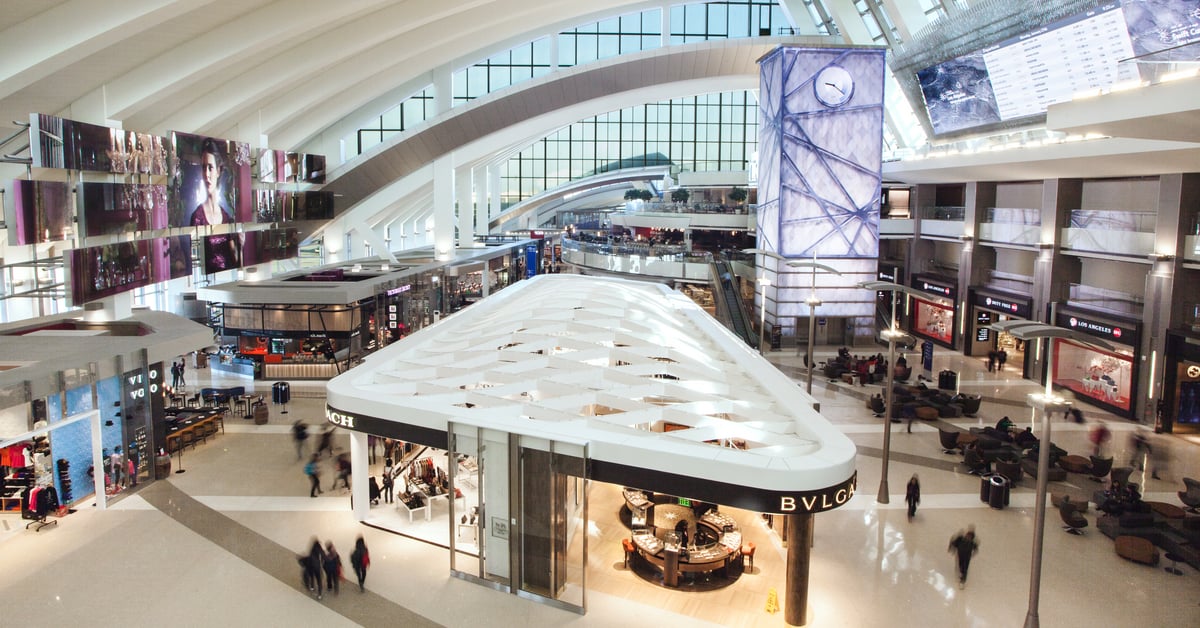





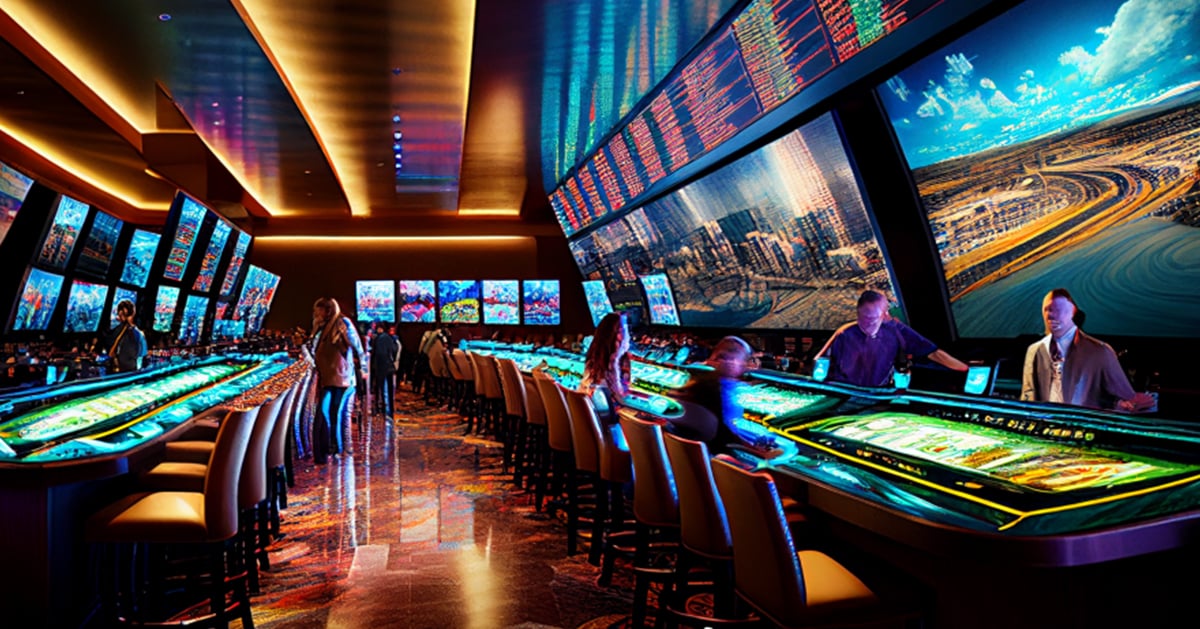
.jpg)




.jpg)
-png.png)







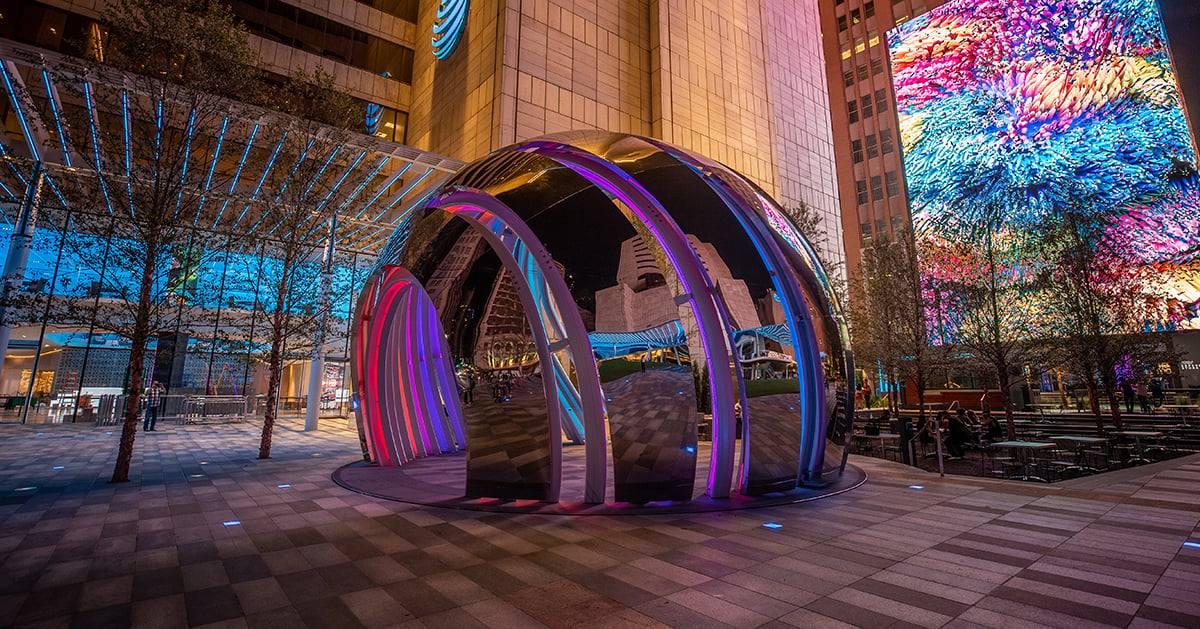




.jpg)




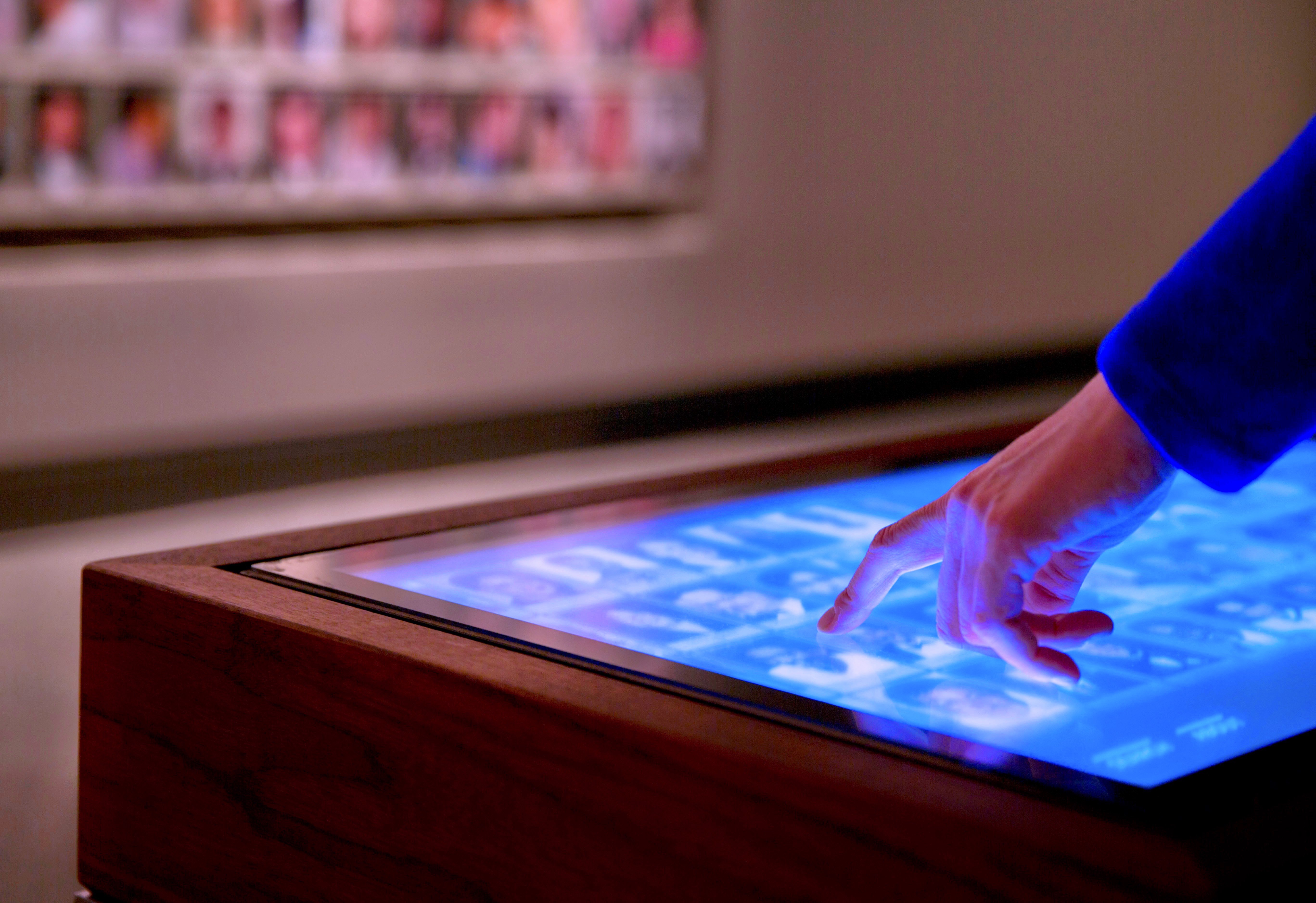
.jpg)


-(1)_1200x629px.jpg)

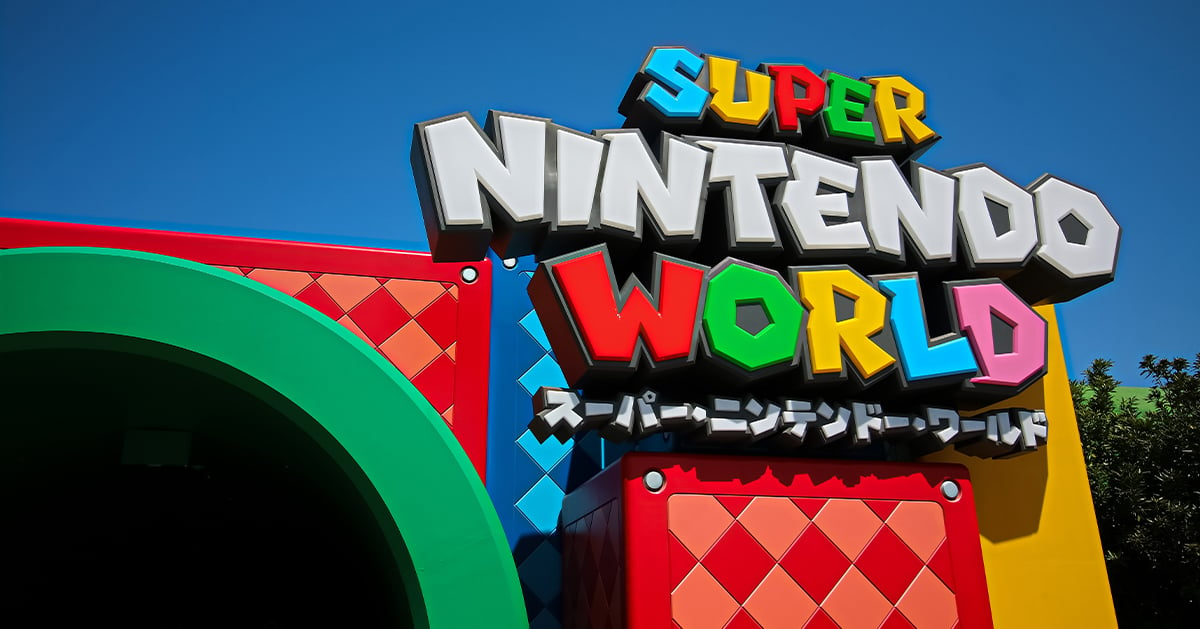


.jpg)
.jpg)
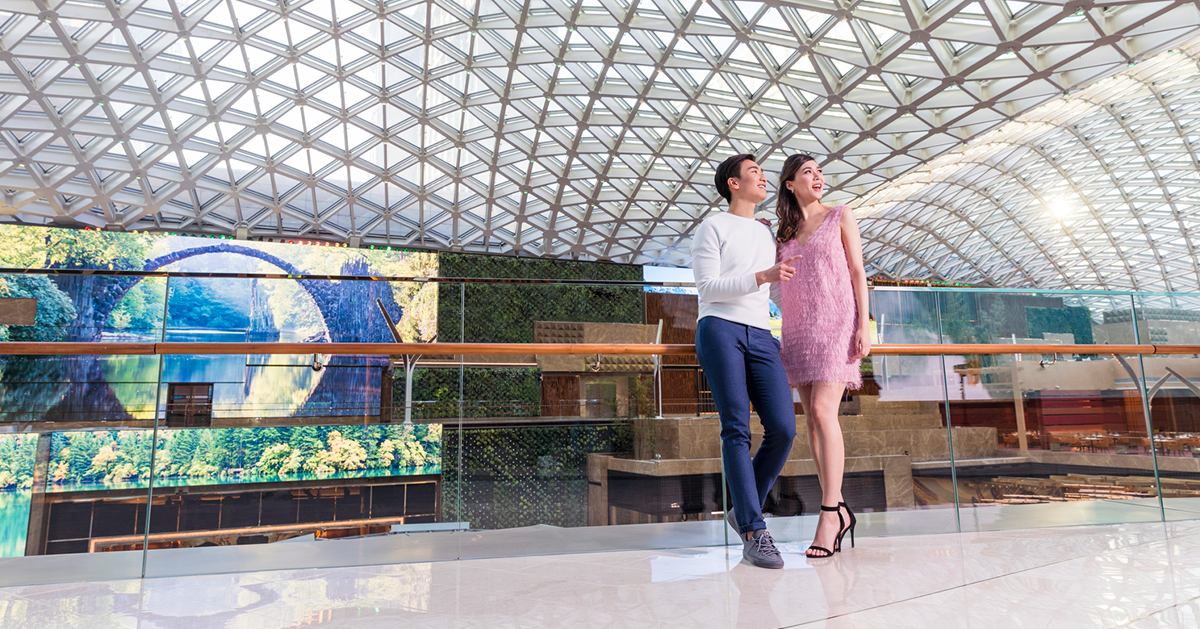




-RR.jpg)


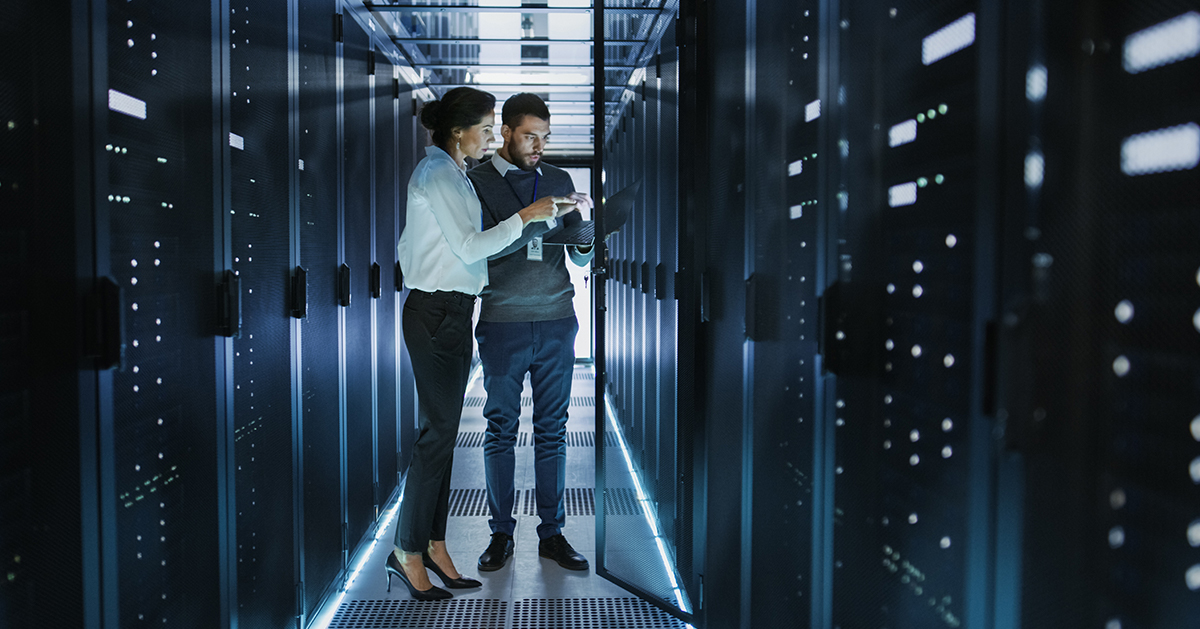




.png)




.jpg)

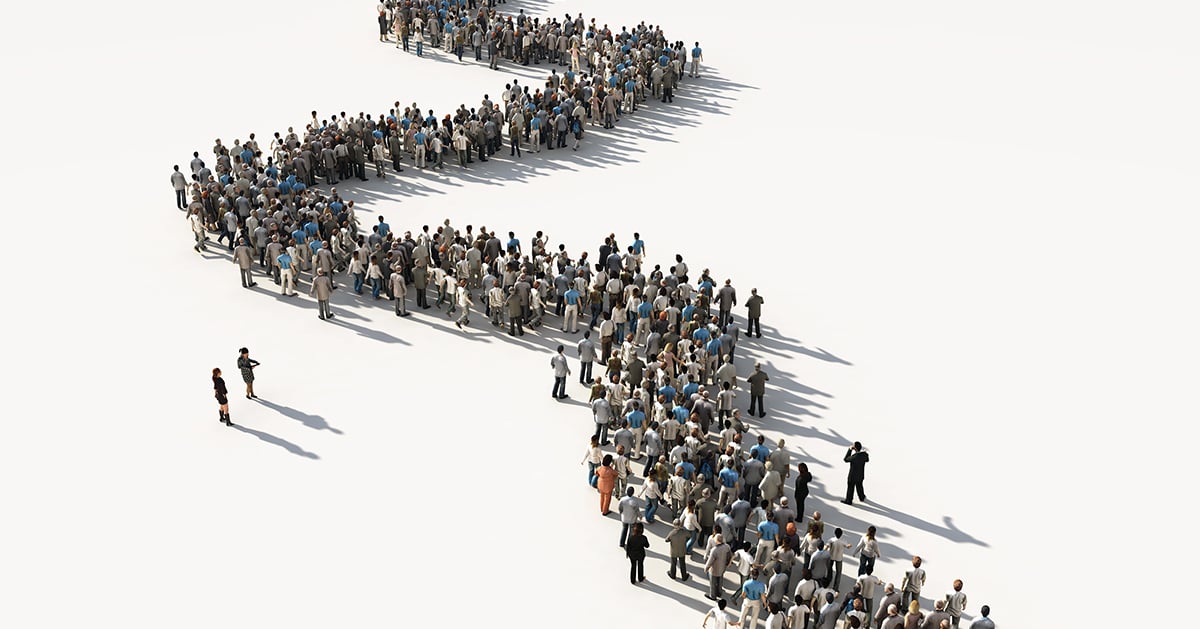
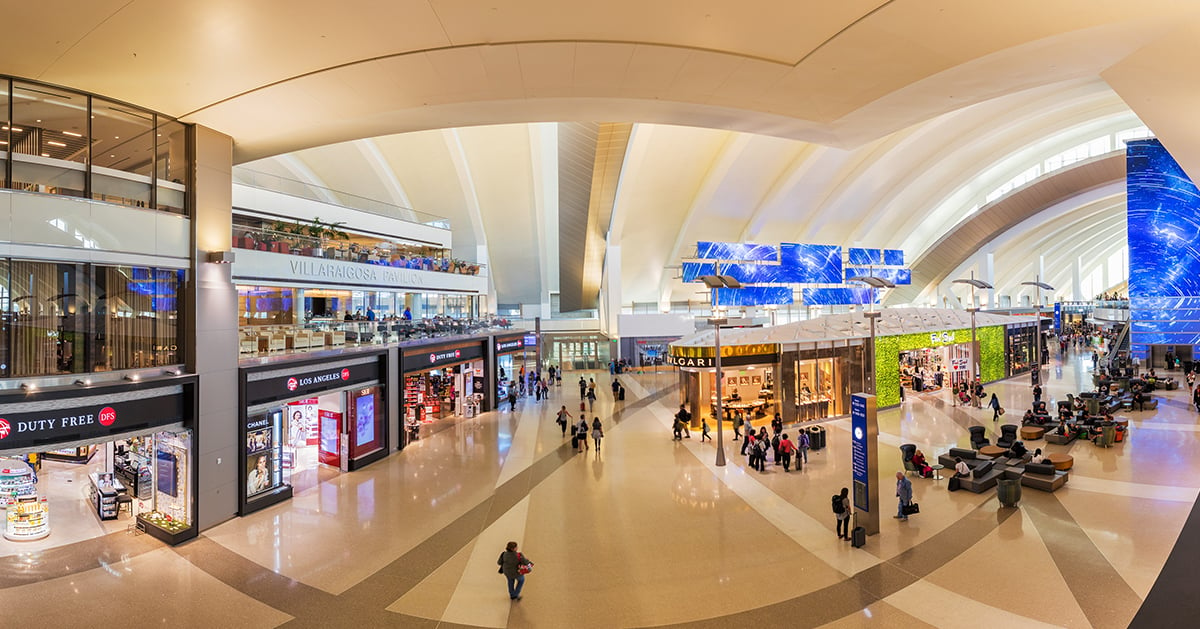



.png)










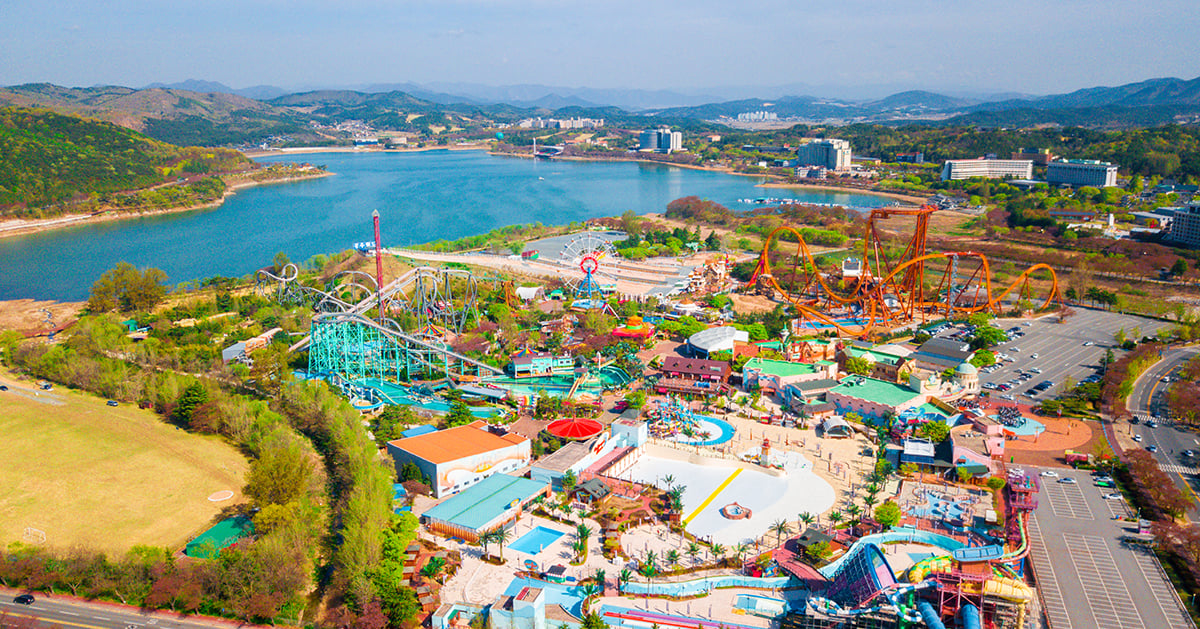










%20(1)-es.jpg)
.jpg)



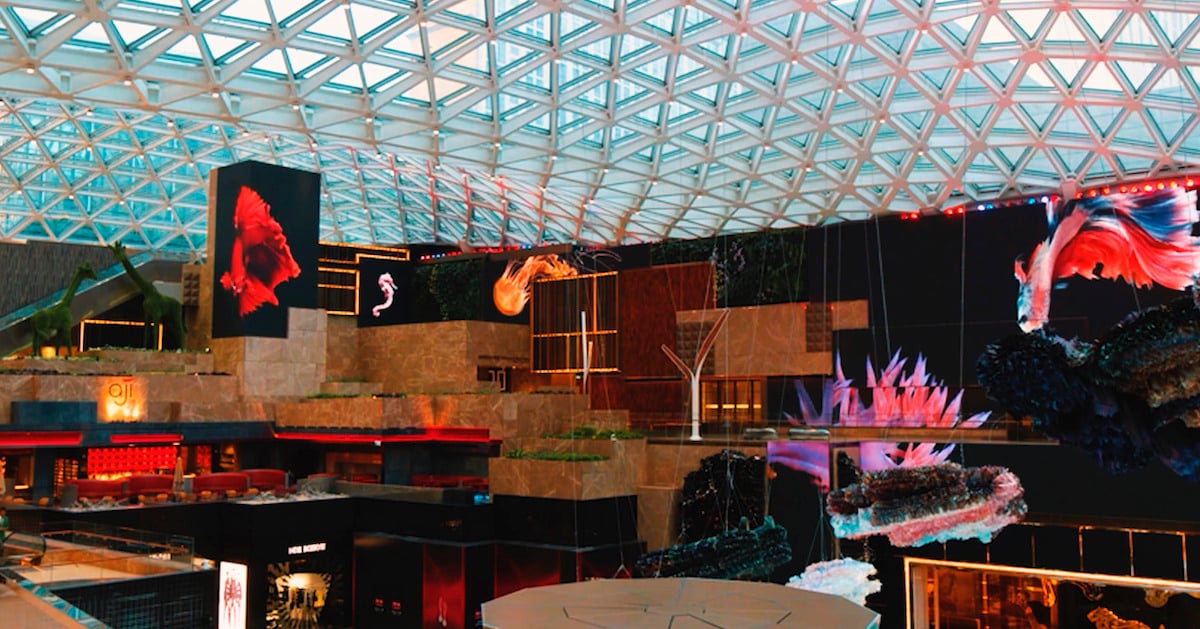




.jpg)

.jpg)





.jpg)


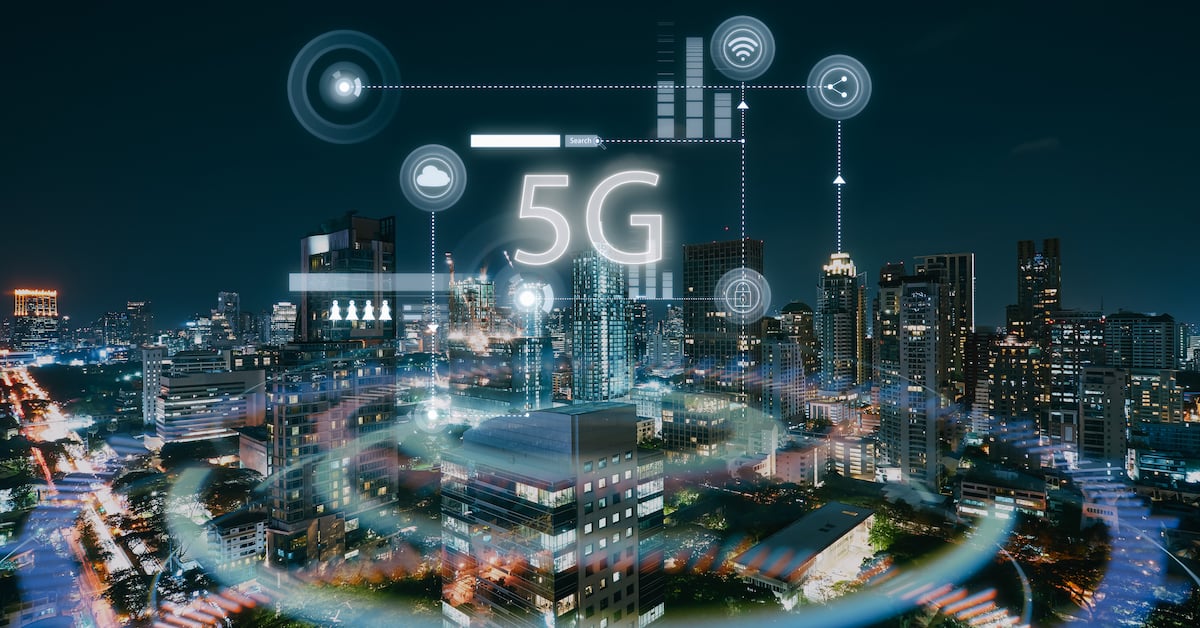
.jpg)










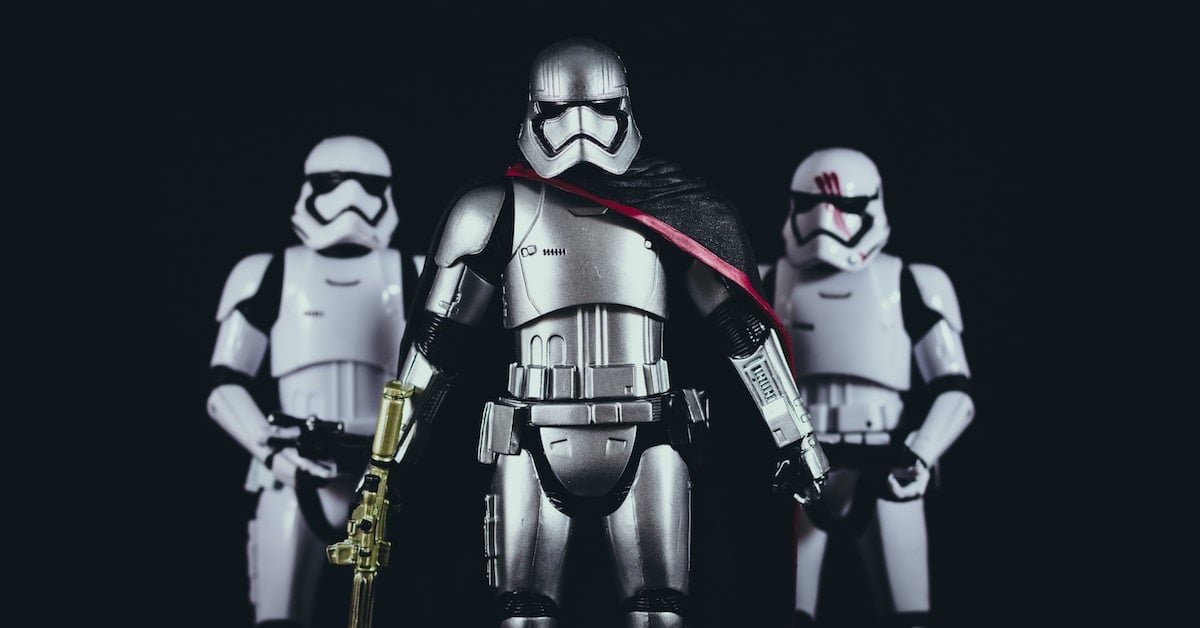




.png)

.png)









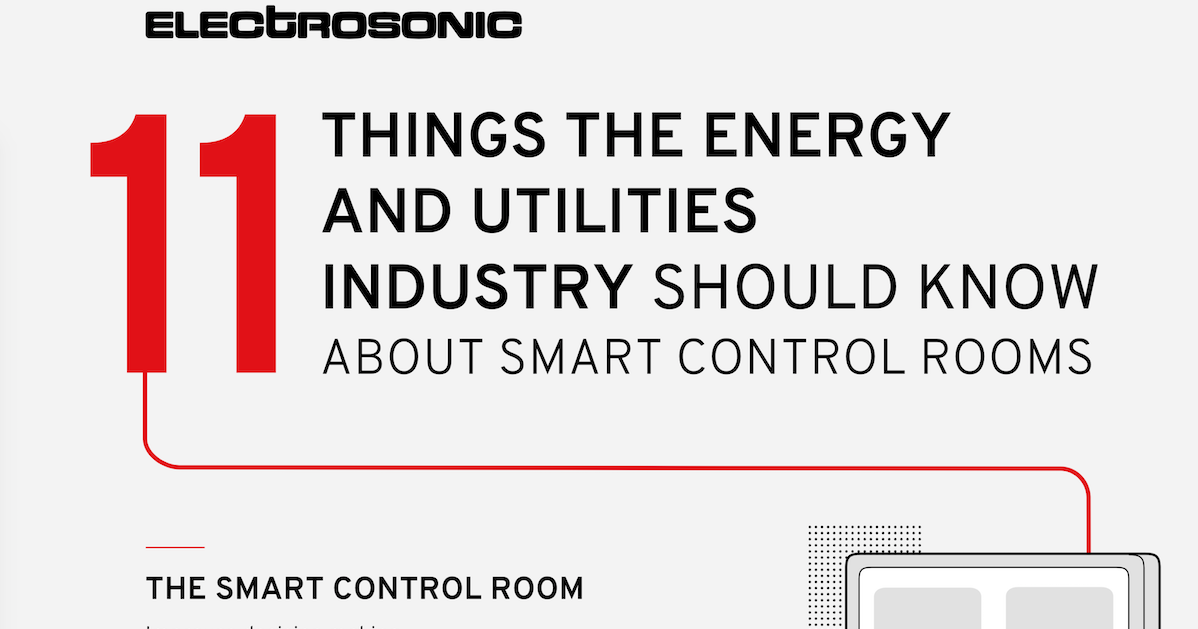









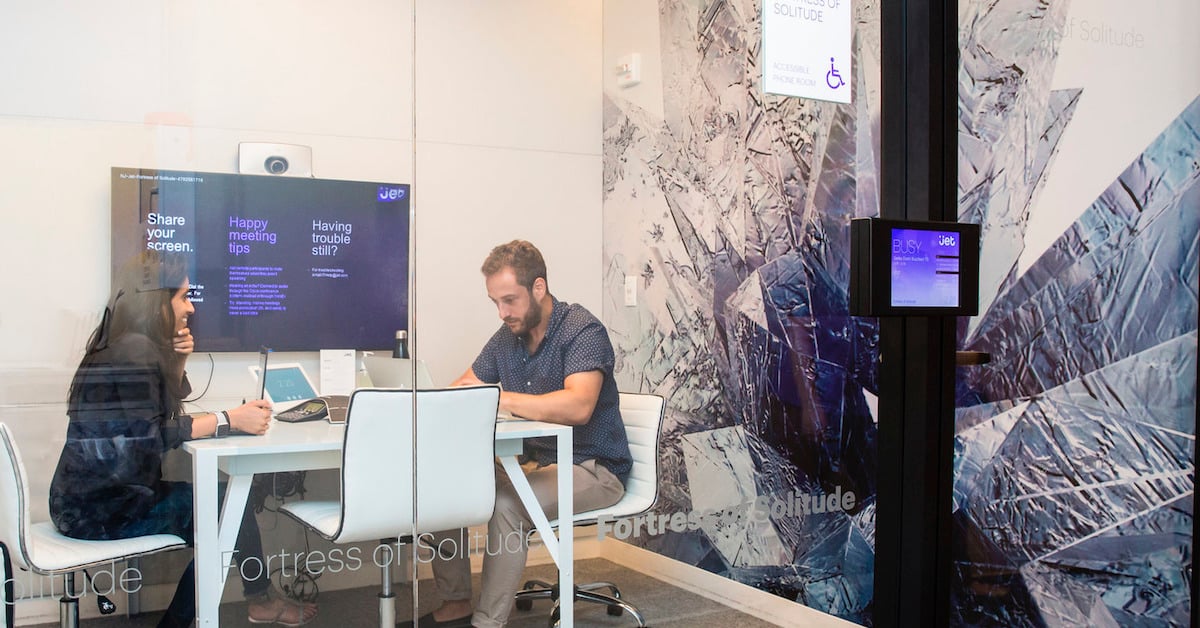








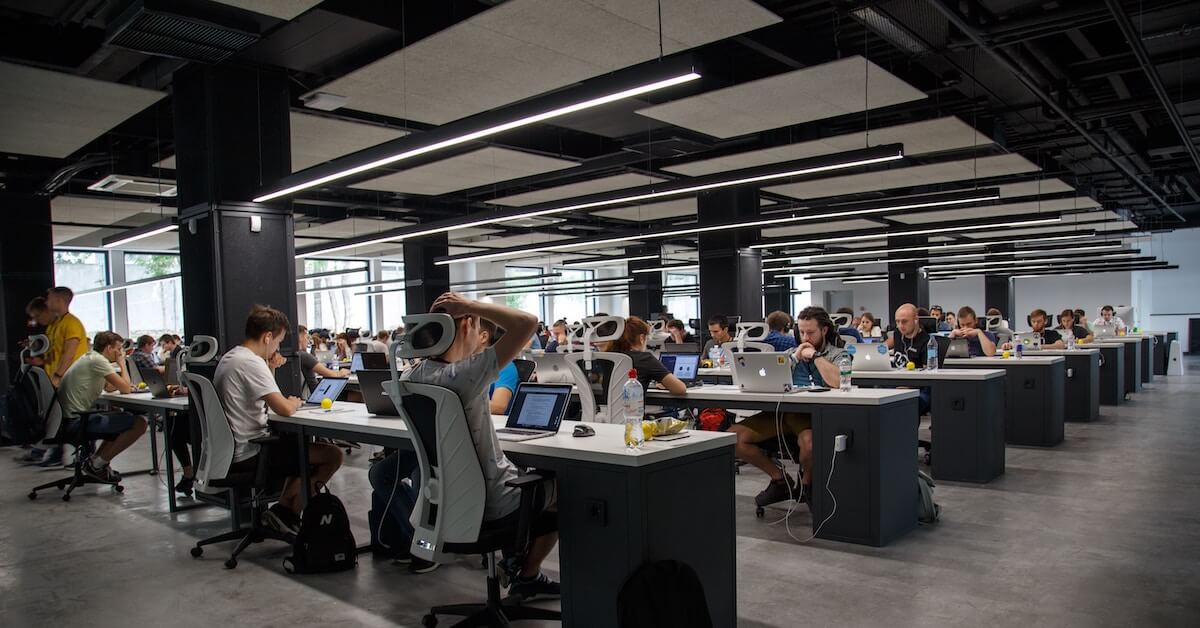
.jpg)
.png)




.png)

.jpg)

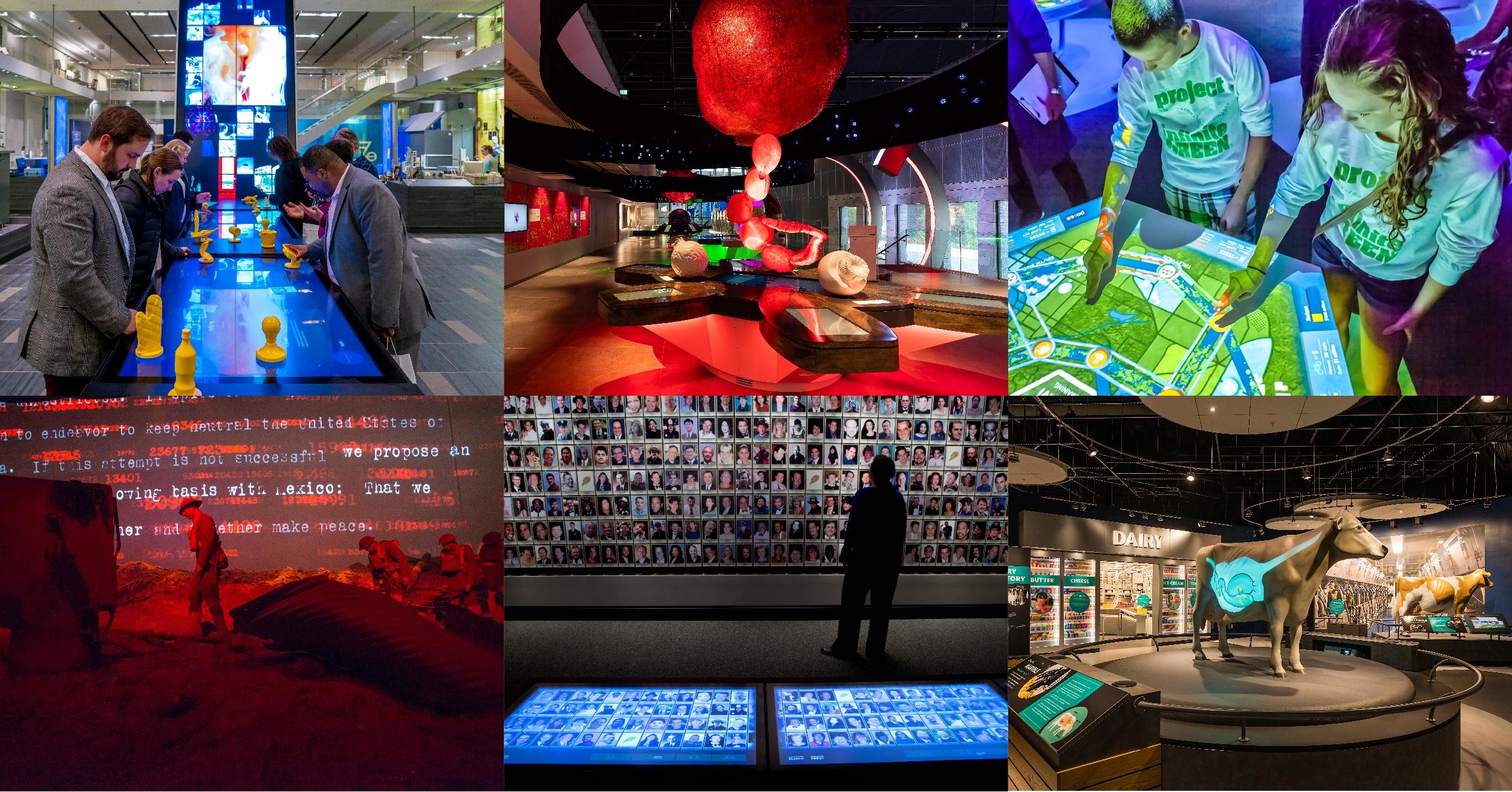
.png)






.jpg)
.jpg)


